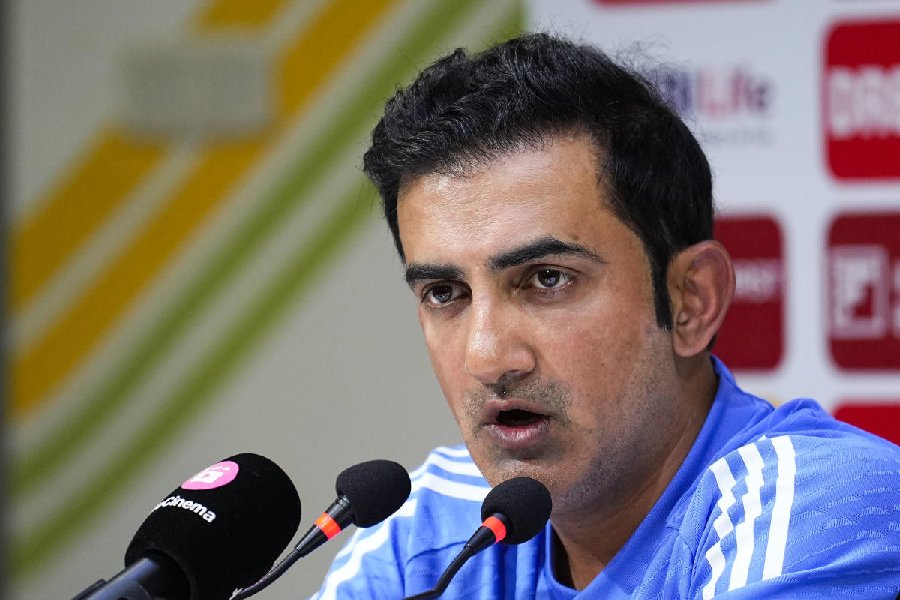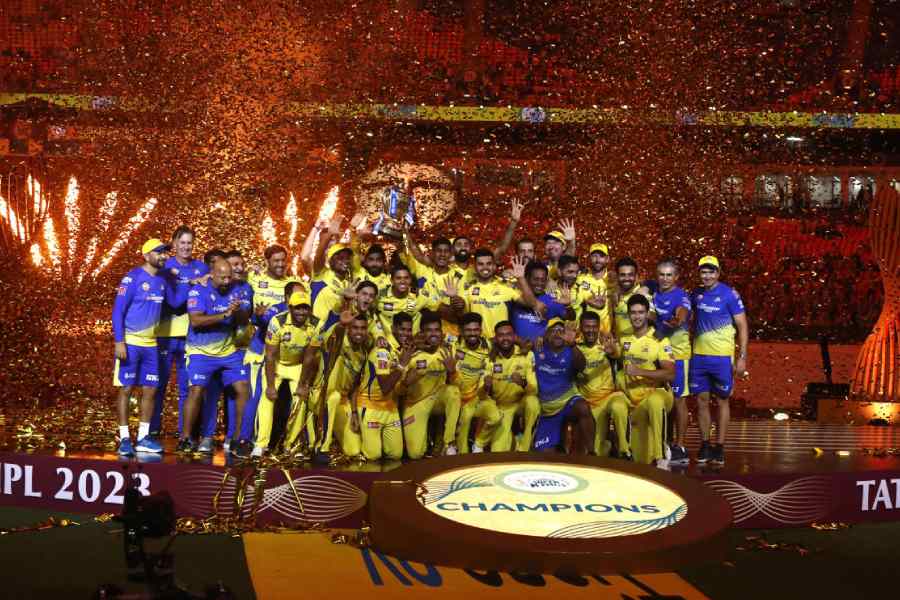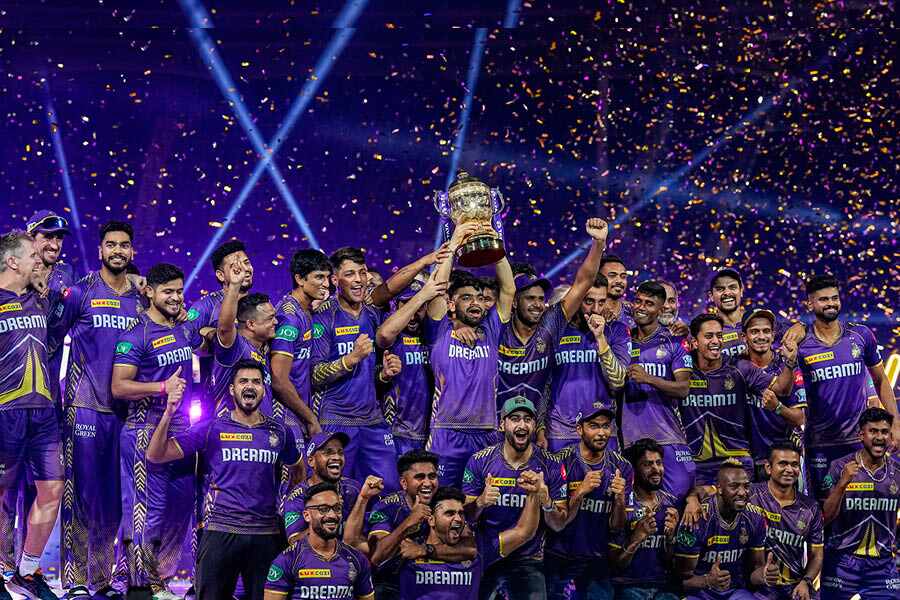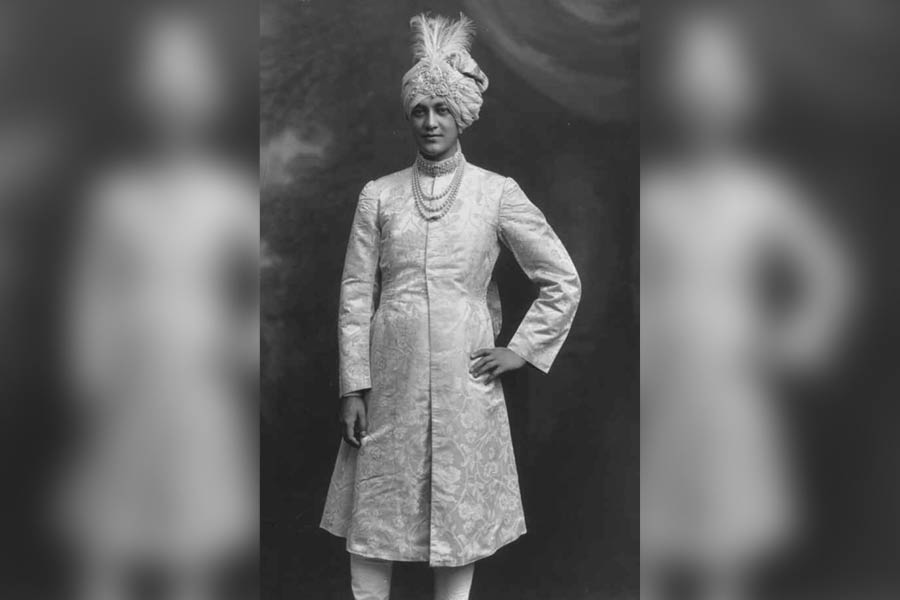The Telegraph op-ed article by J.B. Chakrabarty and P. Premkumar (A chop and change culture, Sept. 7, 2024, made us ponder on the seemingly illusive winning formula in franchise t20 cricket.
The authors of the op-ed have tried to empirically prove that a stable management and leadership through continuity in the core team (including players, support staff and thought leaders) had helped the Mumbai Indians and the Chennai Super Kings become the most successful teams in IPL history. They have also argued that a lack of long-term strategy and frequent chop and change had cost teams like the Punjab Kings dear. The trend is similar in Australia’s BBL.
While the numbers are irrefutable, IPL 2024 can be a great management case study on success in a team game. The think tank led by the mercurial Gautam Gambhir scripted success for the Kolkata Knight Riders (KKR) defying the age-old additive property of inequality (i.e. if x1 > y1 and x2 > y2 then x1+x2 > y1+y2). The current Indian men’s team coach proved that the best congregation of skill in a team may not be enough for success in a team game, longer term strategy or stable management notwithstanding. The approach, if it continues to prove successful over the next few years, can become as pervasive as sports analytics.
The Moneyball experience had revolutionised the use of sports analytics in a team game back in 2002. Coach Billy Beane, under budgetary constraint, applied a never-used-before sabermetric approach in scouting, analysing and finally, selecting the players for his team, Oakland Athletics, in Major League Baseball in the US. The success story of the team is captured in the 2003 non-fiction book Moneyball: The art of winning an unfair game by Michael Lewis and later Bennett Miller, which was made into the memorable Brad Pitt-starrer movie, Moneyball, in 2011. The world took a note of the approach and sports analytics made inroads far beyond baseball, US and even, team games.
In the 2009 IPL final, the decision by the Royal Challengers Bangalore team to start the bowling with Anil Kumble against Adam Gilchrist of Deccan Chargers and the Aussie’s quick dismissal is one of the early success stories of the application of sports analytics in cricket. Over the past decade and a half, the application of analytics has spread to other sports and countries. Conferences by MathSport Asia offer testimony to the intense research work being done in sports analytics (the December 2024 edition is being organised by IIM Udaipur).
Punching above their weight
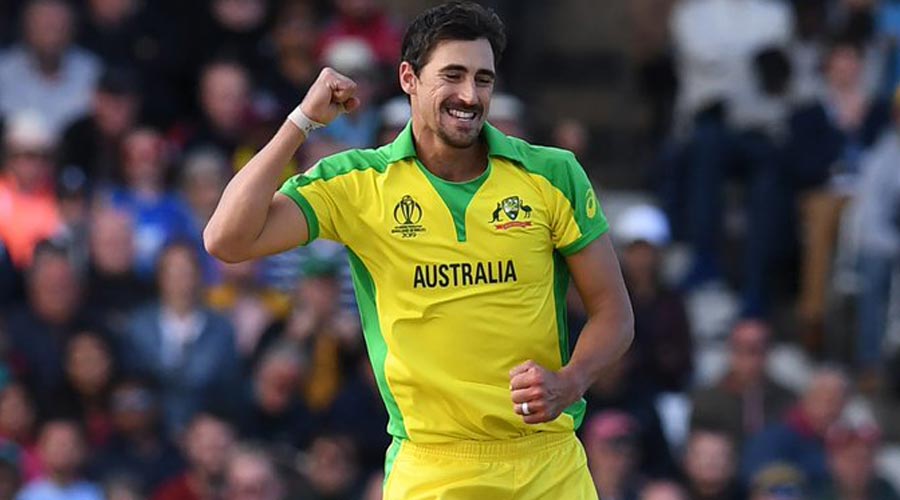
Gambhir’s persistence despite criticism from all quarters also paid off with his Rs 24-crore buy, Mitchell Starc TT Archives
Joining as the mentor of KKR barely a month before the IPL players’ auction in 2023, Gambhir secured the services of Mitchell Starc (a like-for-like replacement for Pat Cummins) at a high cost and was forced to keep the core team almost the same as the year before. Since all IPL teams have similar budgetary allocation and similar analytics set-ups, these can hardly be differentiators. Players’ skillsets or rating points, however, can be.
ICC regularly updates rating points and ranking for all active international players in the three international formats. The ratings are supposed to reflect the skill level of each player on the basis of their demonstrated capabilities at the international level. But how could KKR, a team with only 8 rated players with a total of 3838 rating points, beat teams like MI with 10 rated players with a total of 4963 rating points? In fact, KKR stands at 5 in terms of the number of rated players (MI, CSK, Delhi Capitals and PBKS are ahead) and at 8 in terms of total rating points amongst 10 IPL teams (only Gujarat Titans and Royal Challengers Bangalore trail KKR). How could a team that barely managed a 7th position in 2023 come out on top the next year competing against more stable or better-performing teams like MI, CSK and GT?
KKR’s performance raises an even more intriguing question: in a team game, what are the other factors that interplay with the skill factor to make a winning combination? Cricket is a game of uncertainty and T20 is more so. But since a team has to play at least 16-17 games to win the IPL, one can safely assume that continuity in performance matters more than luck.
Gambhir, a few days before he was appointed as the head coach of the men’s Indian cricket team, said at an event: “Individuals are important in a team sport but it’s not the be-all and end-all. Individuals do contribute but when everyone is treated equally and given the same responsibility, you’ll achieve huge rewards. We have got to treat everyone in the dressing room the same way, that’s the most important culture.” On another occasion, he had mentioned in a TV show on Star Sports that “identifying players and getting the right mix is really important” for him. While these succinctly express his approach towards selecting and running a team, let’s take a look at his performance as a change agent.
Hard and soft skills
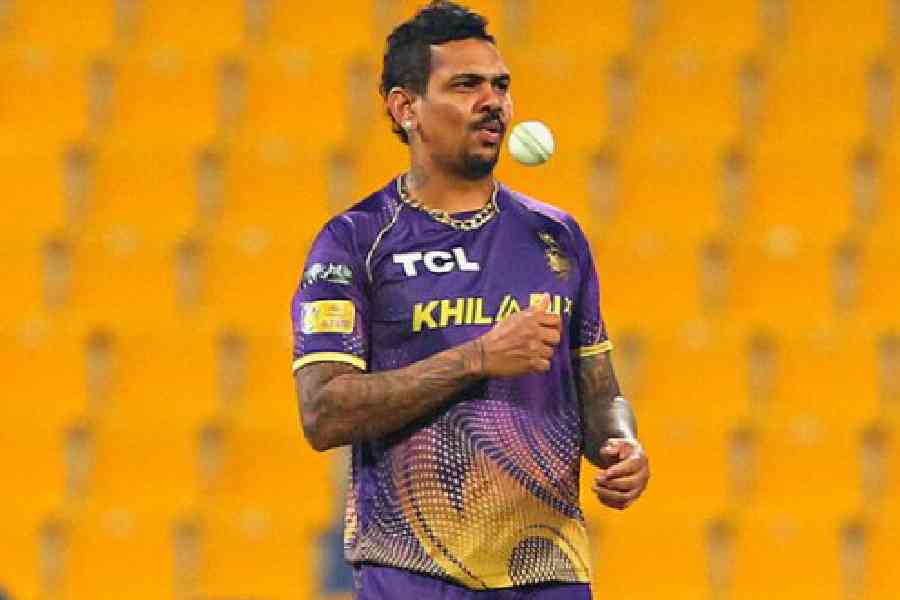
Despite early failures, Narine returned to being a game-changer TT Archives
Sunil Narine was a revelation in the last IPL. Promoted to his old slot of opening batter and persisted with despite early failures, Narine returned to being a game-changer. The confidence he gained through his batting soon invigorated his depleting bowling returns as well. Gambhir’s persistence despite criticism from all quarters also paid off with his Rs 24-crore buy, Starc. The Aussie speedster repaid the faith at the business end of the tournament and how! Despite good performances in IPL 2023, wicketkeeper Rahmanullah Gurbaz had to warm the benches to accommodate a cracking Phil Salt. But when Salt had to leave to play for England, Gurbaz was up to the task.
Even players like Andre Russell, Venkatesh Iyer, Shreyas Iyer, Harshit Rana and Vaibhav Arora went toe to toe with their more decorated opponents. And it was not the first time this was happening. Gambhir’s presence in the dugout of the Lucknow Super Giants at IPL 2022 and 2023 helped them reach the play-offs, a benchmark of success for any team. The same team finished 7th this year, a mirror image of KKR’s performance. Coincidence or an outcome of Gambhir’s jersey swap?
This egalitarian approach worked wonders for KKR. Gambhir has since been chosen as the coach of the Indian men’s team that has notched up statement victories against Sri Lanka and Bangladesh with a relatively minor stumble in the ODI series against an emergent SL. Is this then the new winning formula — team sans superstars? Is the softer ‘man management’ skill instrumental in the flourishing of the hard skills in team sports, cricket in particular? The ensuing SENA assignments, especially the Border Gavaskar Trophy in Australia, will provide more clues. We wait with bated breath!
Subhasis Ray is a management consultant and teaches business analytics at IISWBM;
Pragnadip Chakrabarty is a final-year student of MSc(Statistics) at Presidency University
